This website uses cookies to ensure you get the best experience on our website.
- Table of Contents
Facts about Guanine nucleotide-binding protein G(t) subunit alpha-3.
Gustducin heterotrimer transduces reaction to bitter and sweet compounds via regulation of phosphodiesterase for alpha subunit, in addition to via activation of phospholipase C for beta and gamma subunits, with ultimate increase inositol trisphosphate and increase of intracellular Calcium. GNAT3 can functionally couple to taste receptors to transmit intracellular signal: receptor heterodimer TAS1R2/TAS1R3 senses sweetness and TAS1R1/TAS1R3 transduces umami flavor, whereas the T2R family GPCRs behave as bitter sensors.
| Mouse | |
|---|---|
| Gene Name: | Gnat3 |
| Uniprot: | Q3V3I2 |
| Entrez: | 242851 |

| Belongs to: |
|---|
| G-alpha family |

GDCA; guanine nucleotide binding protein, alpha transducing 3; guanine nucleotide-binding protein G(t) subunit alpha-3; Gustducin alpha-3 chain; gustducin
Mass (kDA):
40.316 kDA

| Mouse | |
|---|---|
| Location: | 5|5 A3 |
| Sequence: | 5; |
Expressed in taste buds (sensory organs of clustered epithelial cells) of the circumvallate and fungiform papillae of the tongue as well as in palatal taste buds at protein level. Expressed in enteroendocrine cells of the gut, such as in subsets of enteroendocrine cells in the midjejunum and brush cells. Detected also in spermatozoa.



PMID: 8657284 by Wong G.T., et al. Transduction of bitter and sweet taste by gustducin.
PMID: 10407021 by Wong G.T., et al. Directing gene expression to gustducin-positive taste receptor cells.